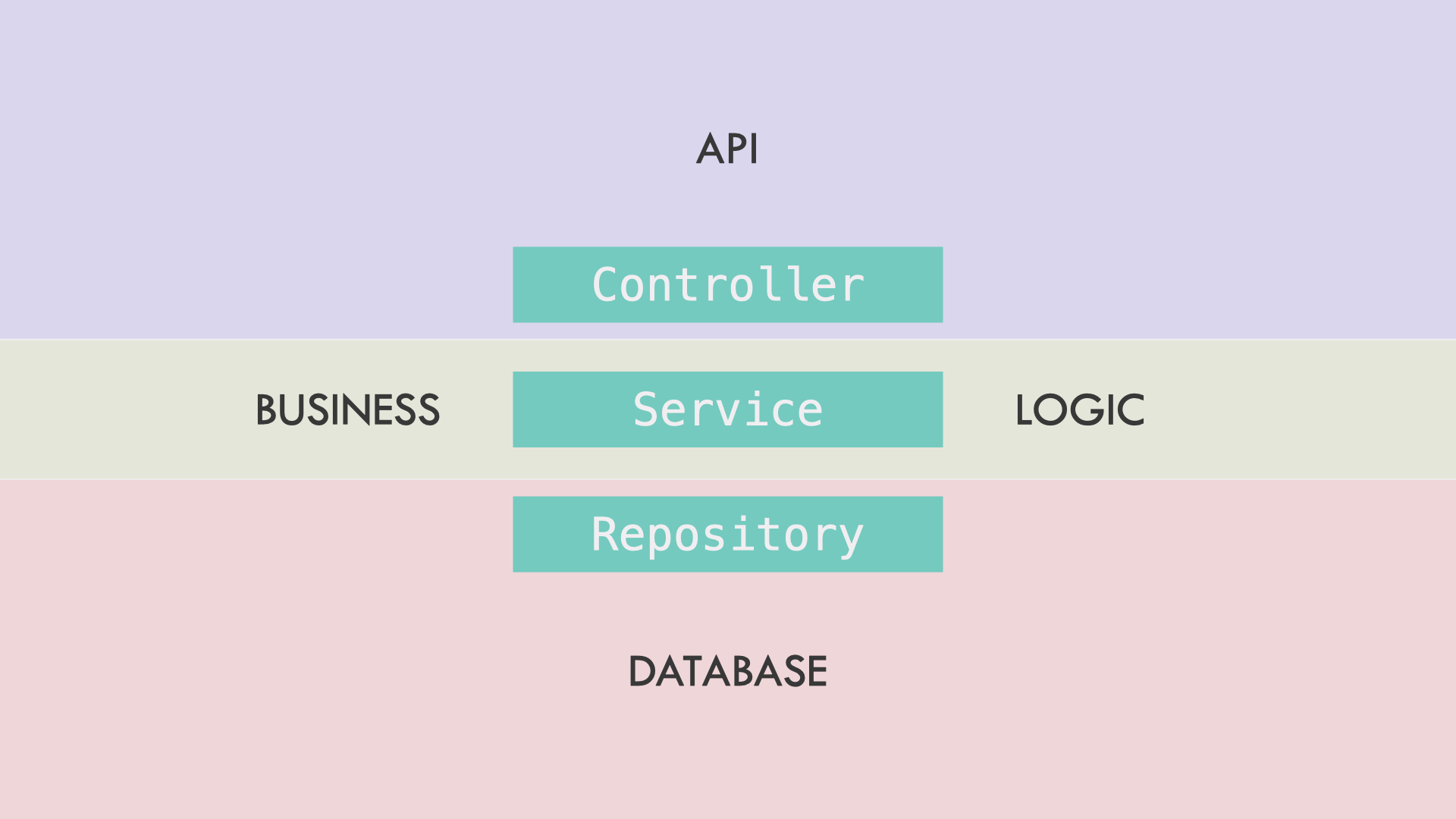Designing A Rest Api With Spring Boot

REST stands for REpresentational State Transfer.
REST-compliant web services allow the requesting systems to access and manipulate textual representations of web resources by using a uniform and predefined set of stateless operations. — Wikipedia contributors. (2021, March 23). Representational state transfer. In Wikipedia, The Free Encyclopedia. Retrieved 12:51, March 26, 2021
Simplifying further, a REST API communicates with clients in terms of resources on which a client could perform operations such as Read or Retrieve, Create, Update and Delete.
REST API Design principles
Following are some of the basic but most overlooked REST API design principles.
1 | Resources are nouns
What is a Resource? A Resource could be anything that we expose to our client through the REST API.
Following are some examples,
customer
product
quote
price
order
comment
These are all nouns, obviously, but it is important to remember that when designing the URLs which we’ll look in to next.
Following are some examples of resource URLs.
example.com/products
stackoverflow.com/questions
what we don’t want to do with urls is to add verbs infront of the resource such as,
example.com/getproducts
stackoverflow.com/listquestions
This is not how REST compliant URLs are built.
2 | Always use plural nouns for resources in the URL
the same examples we saw earlier, products instead of product and questions instead of question
3 | Appropriate use of HTTP methods
A REST compliant web service has a predefined set of stateless operations, and those are the HTTP methods.
| HTTP Method | Usage in REST API |
|---|---|
| GET | Retrieve a resource |
| POST | Save or Create a resource |
| PUT | Update or Edit a resource |
| DELETE | Delete a resource |
4 | Appropriate Use of HTTP status codes
You can find all the HTTP status codes and what they mean on the following page. https://en.wikipedia.org/wiki/List_of_HTTP_status_codes
Most commonly used HTTP Status codes
| HTTP Status code | Meaning |
|---|---|
| 200 | OK |
| 201 | Created |
| 204 | No content |
| 400 | Bad request |
| 401 | Unauthorised |
| 404 | Not found |
200 codes mean that the request was processed without any issues.
400 codes mean some client error.
5 | HATEOAS
HATEOAS stands for Hypermedia As The Engin Of Application
Simply means to use links for navigating the API.
How To Design A REST API
Now let’s design a REST API applying the basic principles.
Comments API design
If the resource was independent, the URLs would look like the following,
| HTTP Method | URL | Description |
|---|---|---|
| GET | /comments | Return a list of all comments |
| GET | /comments/{id} | Return a single comment of which the id is {id} |
| POST | /comments | Create or save a new comment |
| PUT | /comments/{id} | Update a single comment of which the id is {id} |
| DELETE | /comments/{id} | Delete a single comment of which the id is {id} |
But in this case, ‘comment’ is more of a sub-resource, because a comment belongs to a post.
You can handle this in different ways but it is a matter of personal preference, or if you are working in a team, you could discuss and decide which approach to use.
So, following is how I designed the URLs.
| HTTP Method | URL | Description |
|---|---|---|
| GET | /posts/{post-id}/comments | Return a list of all comments |
| POST | /posts/{post-id}/comments | Create or save a new comment |
| DELETE | /comments/{id} | Delete a single comment of which the id is {id} |
I’m not allowing comment editing so PUT method will not be used.
Spring Boot Application architecture
The application code is organised into three layers.

| Repository | This is for exchanging data with the database, i.e. it consists of all the repository interfaces which the service classes would use to access the database. |
| Service | Holds the business logic |
| Controller | holds the API classes which would serve the incoming requests |


